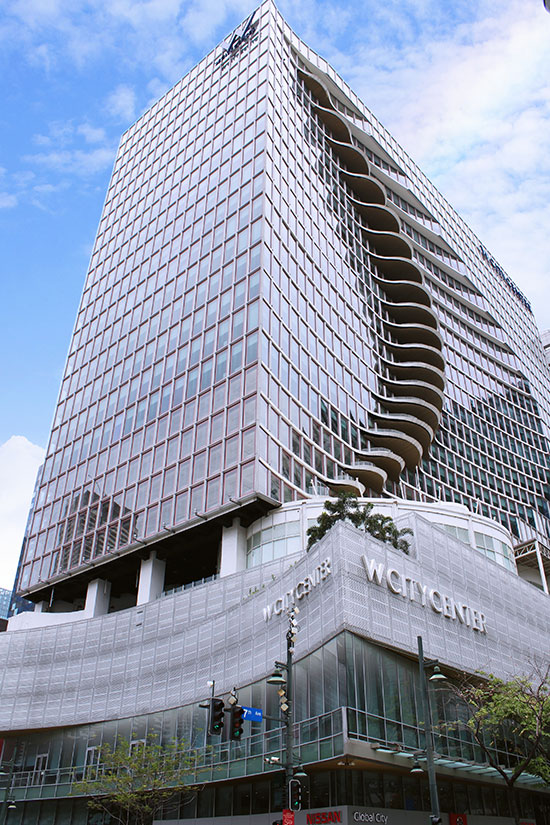With the projected recovery of office demand in the Metro Manila market next year, it is vital for developers to differentiate their office buildings from the rest to be able to get their share of tenants.
One way of adding value to a building is ensuring that it has green and sustainable features that will provide a safe and healthy environment for tenants and their clients.
This is something that can be highlighted by aiming for green building certifications such as Leadership in Energy and Environmental Design (LEED). More importantly, this means contributing to a healthier and cleaner environment as well.
“Developers should also explore ways to differentiate themselves in the market amid a move to adopt green and sustainable offices,”Colliers Philippines said in its latest report.
“In our opinion, the incorporation of green and sustainable features will play an important role in occupier retention and attraction strategies post-COVID,” it added.

The property services firm emphasized that developers have already taken notice of this trend with a sizable amount of upcoming office space targeting to be LEED-certified.
“Most of the buildings due to be completed will offer lower density ratios, curtain wall systems with thermal insulations, touchless access in elevators, vertical gardens, UV disinfection lifts and filtered air circulation systems to ensure a healthy and efficient workplace for traditional and outsourcing occupiers,” Colliers said, adding that developers have also adopted other certifications such as the WELL certification from the WELL Building Institute (WBI).
What is LEED?
Developed by the U.S. Greenbuilding Council (USGBC), LEED is considered as the most widely used green building rating system globally.
It is essentially a green building project and performance management system, which delivers a comprehensive framework for green building design, construction, operations and performance.
It aims for healthy, highly efficient and cost-saving green buildings.
“LEED helps buildings to focus on efficiency and leadership to deliver the triple bottom line returns of people, planet and profit,” the USGBC said.
The rating system covers all building types and all building phases including new construction, interior fit outs, operations and maintenance of core and shell.
Cost efficient
LEED helps investors meet their economic, social and governance (ESG) goals by providing them with a green building framework to measure and manage their real estate performance.
“LEED helps investors implement management practices to prioritize building efficiency, decrease operational costs, increase asset value and ensure productivity, comfort, health and wellbeing for occupants,” the USGBC also said.
Data from the USGBC showed that from 2015 to 2018, LEED-certified buildings across the globe registered $1.2 billion in energy savings, $149.5 million in water savings, $715.3 million in maintenance savings and $54.2 million in waste savings.
Attract more tenants
LEED-certified buildings also command the highest rents, while lease-up rates for these buildings typically range from average to 20 percent above average.
Colliers earlier emphasized the increasing importance of LEED certification in attracting tenants.
“Overall, Colliers foresees a market that is due for an upgrade driven by shifting tenant profiles that cater to the more discerning Knowledge Process Outsourcing (KPO), multinational corporations (MNCs) and traditional occupiers,” Colliers said.
“Given this, the market moves from basic structures to more spacious, LEED-certified buildings, with more energy efficient systems, consequently improving the overall experience of employees and visitors alike,” it added.
The property services firm emphasized that even post pandemic, landlords are likely to remain competitive by improving office amenities.
